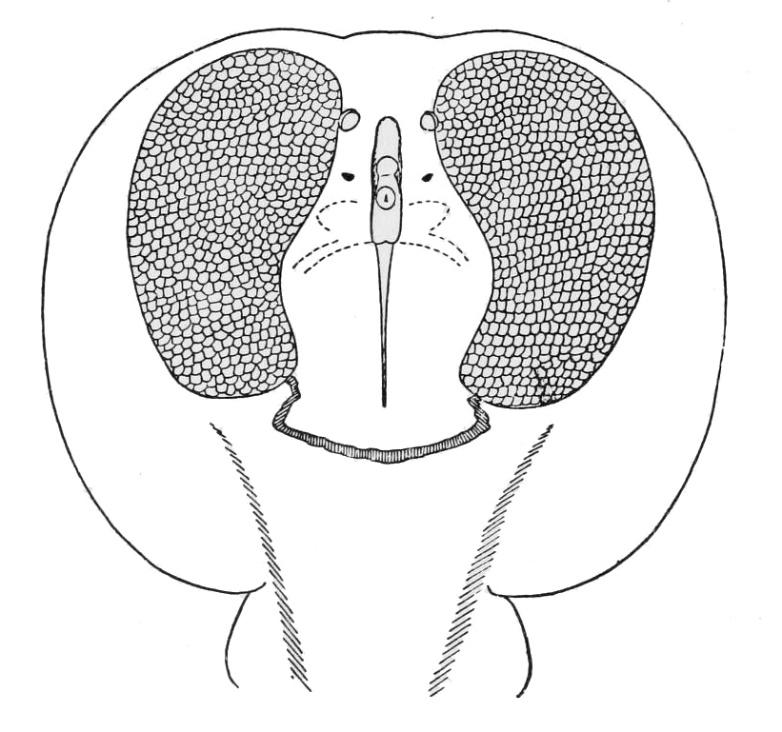
In Torpedo (electric ray), electric organs are present as modified musculature.
A. Nostrils and mouth
B. Pectoral and caudal fin
C. Gills and eyes
D. Eyes and nostrils
Answer
456.6k+ views
Hint:The electric organs of a torpedo are a pair of kidney-shaped organs at the base of the pectoral fins. It is positioned laterally to the gills, into the anterior to mid-section of both pectoral fins. It is formed by greatly enlarged pectoral fins fused to the head. Underneath the disc are the mouth, nostrils, and five pairs of gill slits.
Complete answer:The electric rays are a group of flattened cartilaginous fish that have enlarged pectoral fins, which belong to the order of Torpediniformes. As the name suggests, they are capable of producing an electric discharge, which can range from 2 to 200 volts, depending on the type of species. The major use of this ability is to stun prey and to defend itself from predators. There are approximately 70 species of electric rays divided into four families.
The electric ray is one of the few electrosensitive fishes. They have eyes on the top anterior portion of their heads, which often results in poor vision which is often compensated by their electromagnetic sensory organs which also enable them to detect electricity. Many species of electric rays have two large electric organs on either side of their head, where current passes from the lower to the upper surface of the body.

These organs are used to catch prey, ward of predators, and much more. These organs are connected and controlled by a complex set of nerves that directly connect to the brain. The electricity is produced within the organ by battery cells which are honeycomb-shaped ionically charged structures.
Therefore, the correct answer is option B.
Note:The electric ray often uses its tail to discharge the electric bolt produced from these organs. The electricity produced is enough to kill and electrocute a human being. This bolt is sent to the tail via an insulated chamber that travels from the organs to the tail. Unlike other marine fishes the rays do not have distinct fins and the top circular flap is considered as the pectoral fins.
Complete answer:The electric rays are a group of flattened cartilaginous fish that have enlarged pectoral fins, which belong to the order of Torpediniformes. As the name suggests, they are capable of producing an electric discharge, which can range from 2 to 200 volts, depending on the type of species. The major use of this ability is to stun prey and to defend itself from predators. There are approximately 70 species of electric rays divided into four families.
The electric ray is one of the few electrosensitive fishes. They have eyes on the top anterior portion of their heads, which often results in poor vision which is often compensated by their electromagnetic sensory organs which also enable them to detect electricity. Many species of electric rays have two large electric organs on either side of their head, where current passes from the lower to the upper surface of the body.

These organs are used to catch prey, ward of predators, and much more. These organs are connected and controlled by a complex set of nerves that directly connect to the brain. The electricity is produced within the organ by battery cells which are honeycomb-shaped ionically charged structures.
Therefore, the correct answer is option B.
Note:The electric ray often uses its tail to discharge the electric bolt produced from these organs. The electricity produced is enough to kill and electrocute a human being. This bolt is sent to the tail via an insulated chamber that travels from the organs to the tail. Unlike other marine fishes the rays do not have distinct fins and the top circular flap is considered as the pectoral fins.
Recently Updated Pages
pH of 10 6M HCl aq is A just less than 6 B exactly class 11 chemistry CBSE

Which oxide of Nitrogen is neutral class 11 chemistry CBSE

If the atmospheric pressure is 76 cm of mercury at class 11 physics CBSE

Two exactly similar wires of steel and copper are stretched class 11 physics CBSE

In a democracy the final decisionmaking power rests class 11 social science CBSE

Two solids a and b float on water It is observed that class 11 physics CBSE

Trending doubts
10 examples of friction in our daily life

One Metric ton is equal to kg A 10000 B 1000 C 100 class 11 physics CBSE

Difference Between Prokaryotic Cells and Eukaryotic Cells

State and prove Bernoullis theorem class 11 physics CBSE

What organs are located on the left side of your body class 11 biology CBSE

How many valence electrons does nitrogen have class 11 chemistry CBSE




